
Suma De Los Primeros Numeros Naturales Formula Demostracion Y Ejemplos 1 2 3 N Youtube
8inteiros n 2 e prove o seu resultado por indução matemática Resposta Seja a suposição que 1 1 2 1 1 3 1 1 4 1 1 n = Yn i=2 1 1 i = 1 n 8inteiros n 2 Davneet Singh is a graduate from Indian Institute of Technology, Kanpur He has been teaching from the past 12 years He provides courses for Maths and Science at Teachoo
Formula de gauss n(n+1)/2
Formula de gauss n(n+1)/2-Als de Nterm NIET gelijk is aan 1,0 kan bovenstaande formule niet zomaar toegepast worden Dat zou namelijk betekenen dat een cijfer boven de 10 uit zou kunnen komen of beneden de 1,0 Daarom is er er een aanvulling op bovenstaande formule (zie grafiek hieronder) De scores en bijbehorende cijfers moeten vallen binnen het in het blauw aangegeven ruitvormige gebiedGet the list of basic algebra formulas in Maths at BYJU'S Stay tuned with BYJU'S to get all the important formulas in various chapters like trigonometry, probability and so on

Induccion Matematica Demostracion De Formula De Sumatoria Ejercicio Resuelto Youtube
2 Fíjate que si k = 1 lo que nos sale es la fórmula del término general wwwcajondecienciascom Cajón de Ciencias Veamos el ejemplo 2 Ahora nos falta conocer a1 y la diferencia Por lo tanto, usaremos dos veces la fórmula anterior;Find stepbystep Discrete math solutions and your answer to the following textbook question a) Find a formula for 1/1·2 1/2·3 1/n(n1) by examining the values of this expression for small values of n b) Prove the formula you conjectured in part (a)Prueba animada de la fórmula que da la suma de los n primeros números enteros 1 2 ⋯ n Las primeras cuatro sumas parciales de la serie 1 2 3 4 ⋯ La parábola es su asíntota "suavizada";
convergence of the sequence (11/n)^n Proof The proof will be given by demonstrating that the sequence ( 1) is 1 2 In order to prove part 1, consider the binomial expansion for an a n 1 n k = ∑ k = 0 n 1 k!Scale your AdSense account and multiply revenueIf you have knowledge of progression than this is a geometric series with common ratio of and formula you have written is sum to n terms of geometric progression But you require to calculate the sum of this series upto term, so you can replace with and then proceed Here , (which is your first term) So, by putting these values we get =
Formula de gauss n(n+1)/2のギャラリー
各画像をクリックすると、ダウンロードまたは拡大表示できます
 |  |  |
 | ||
 |  |  |
「Formula de gauss n(n+1)/2」の画像ギャラリー、詳細は各画像をクリックしてください。
 |  | |
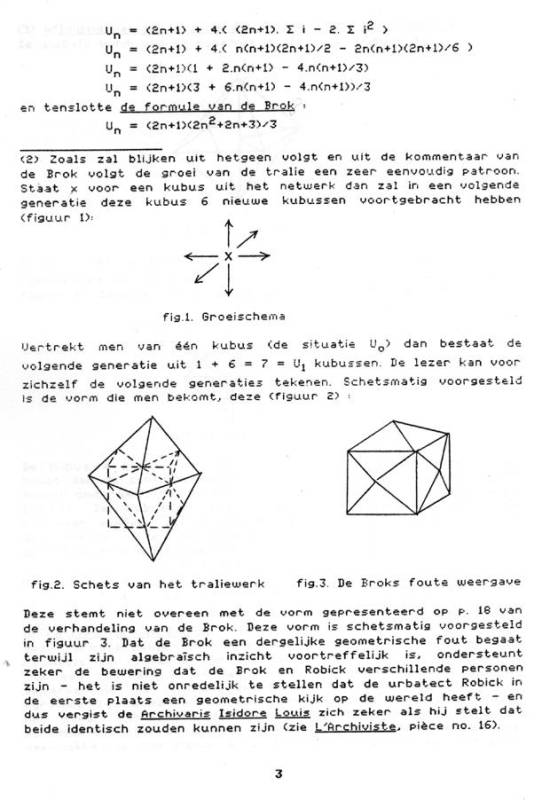 |  |  |
 | 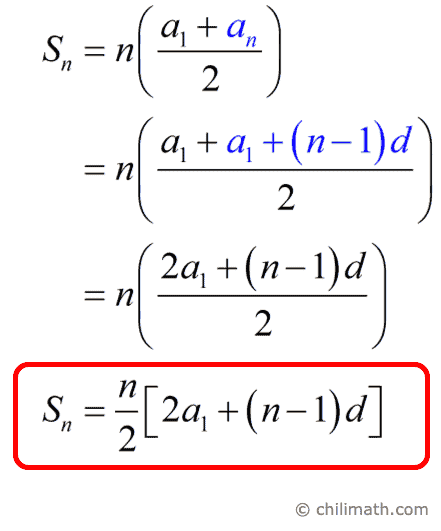 | |
「Formula de gauss n(n+1)/2」の画像ギャラリー、詳細は各画像をクリックしてください。
 | 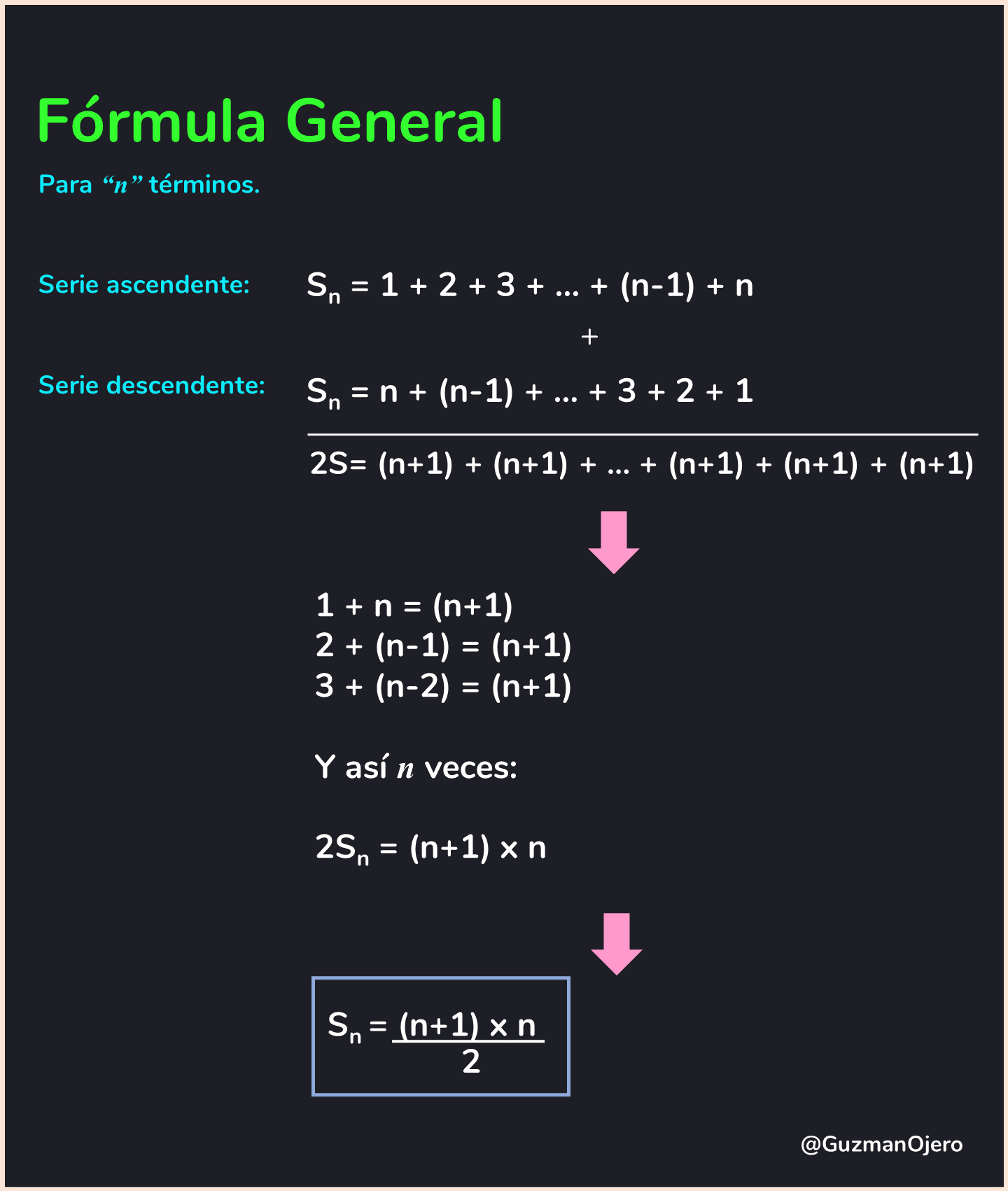 | |
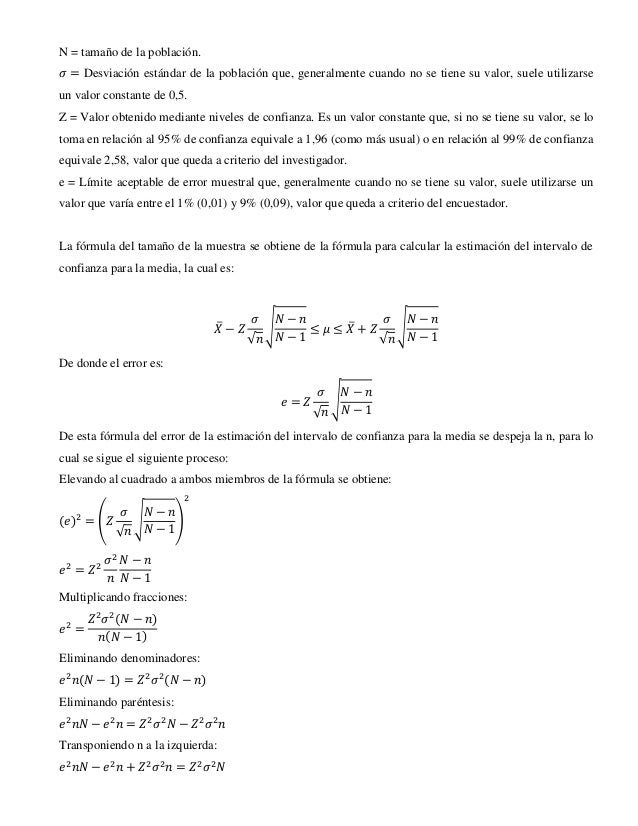 | 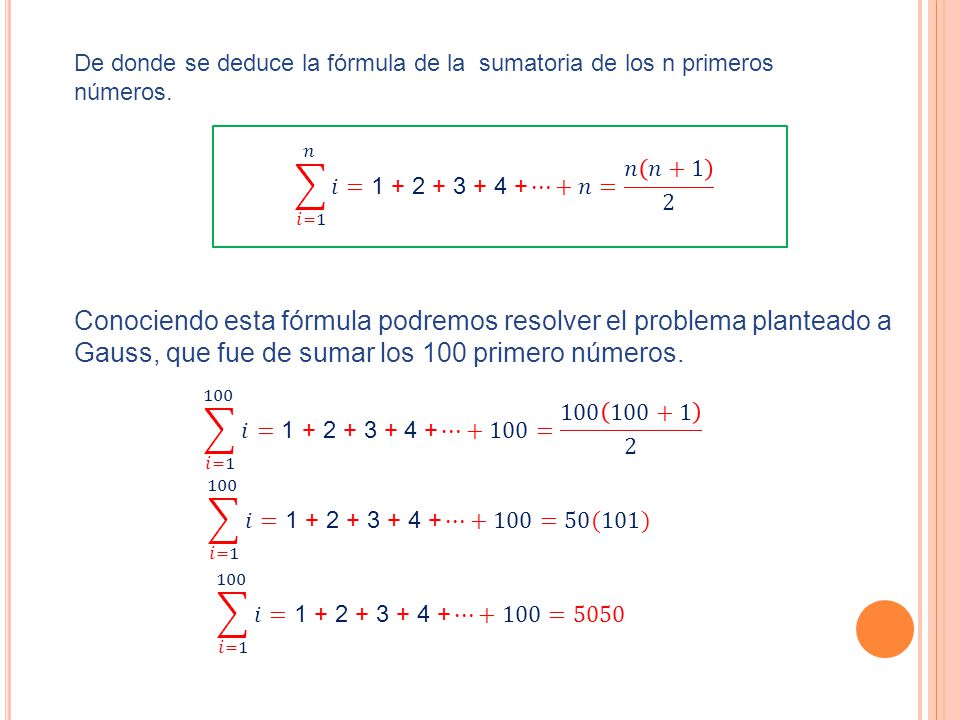 | 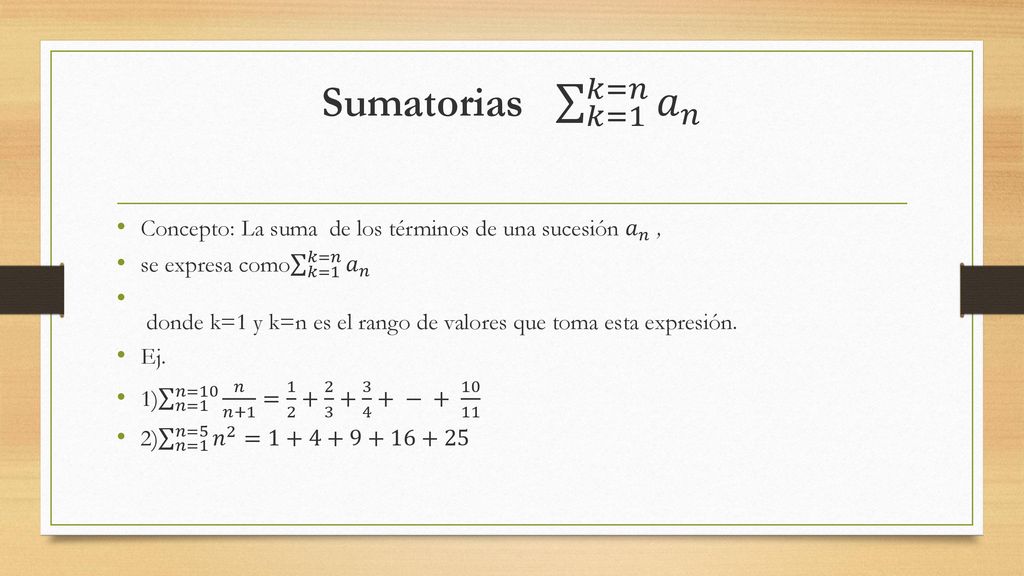 |
 | 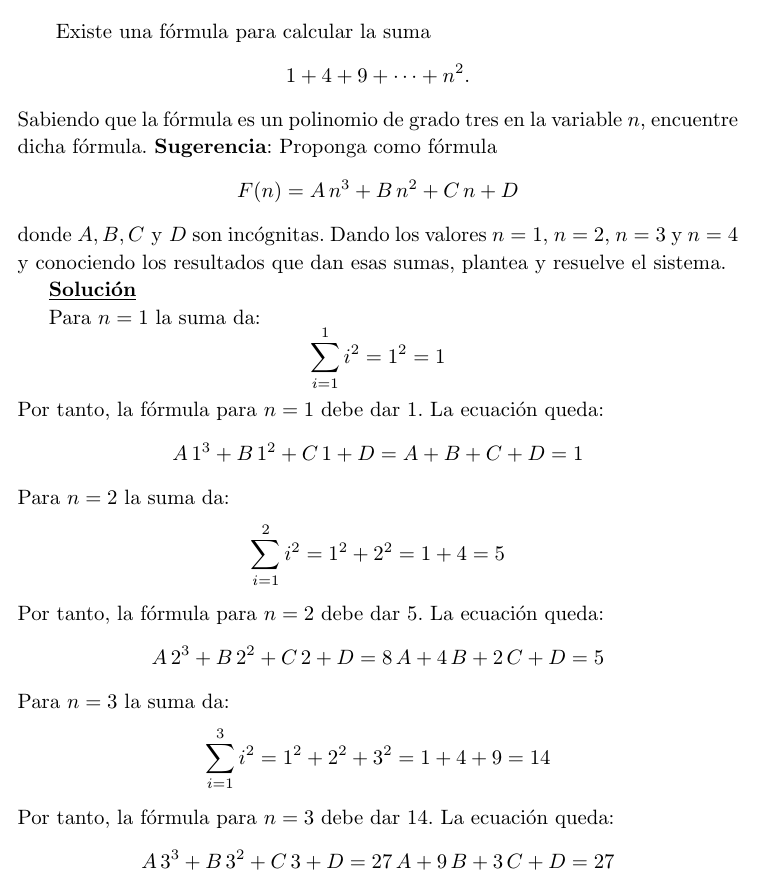 | |
「Formula de gauss n(n+1)/2」の画像ギャラリー、詳細は各画像をクリックしてください。
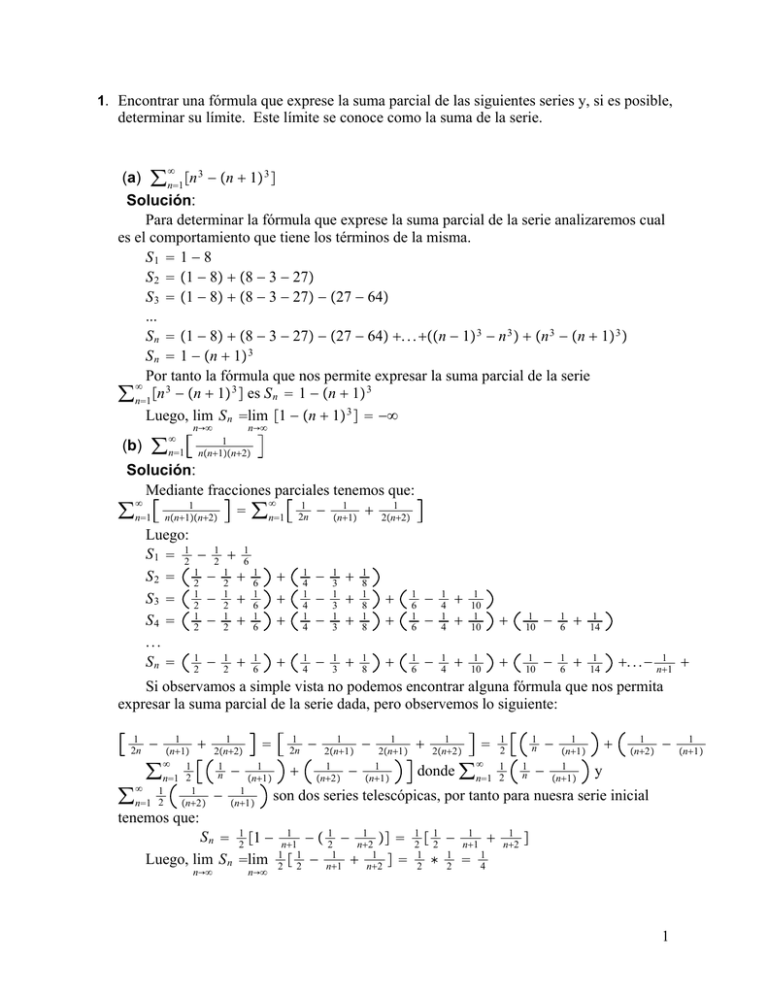 |  | |
 | 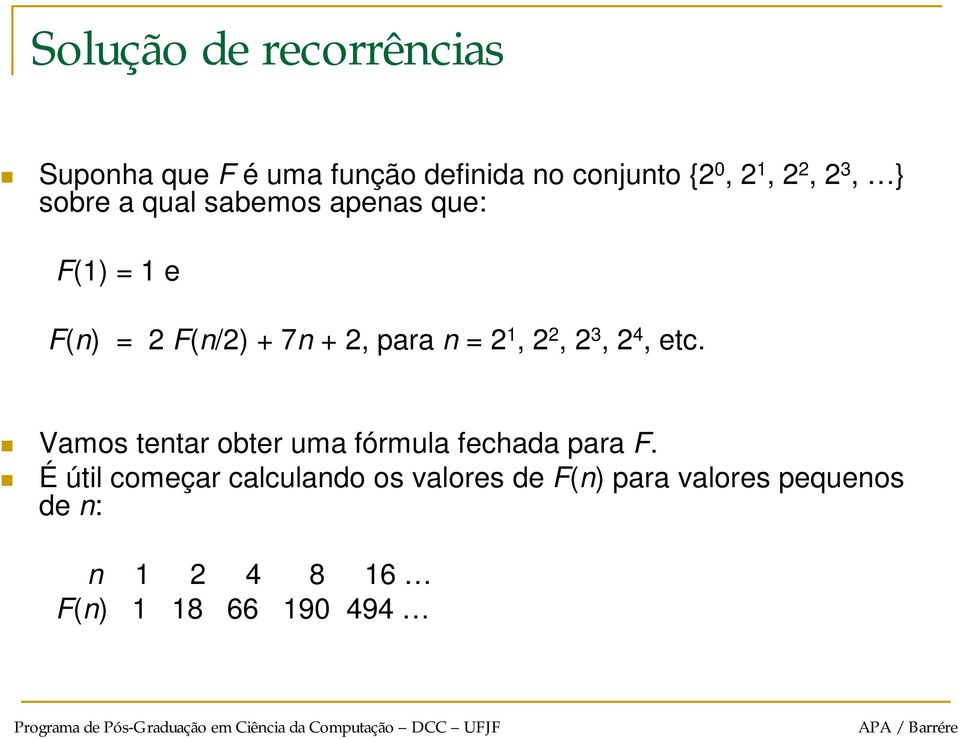 | |
「Formula de gauss n(n+1)/2」の画像ギャラリー、詳細は各画像をクリックしてください。
 |  | |
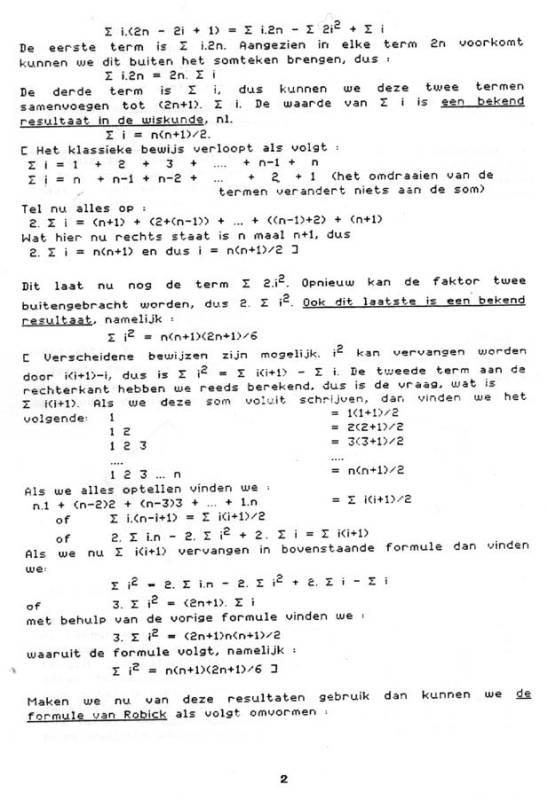 |  |  |
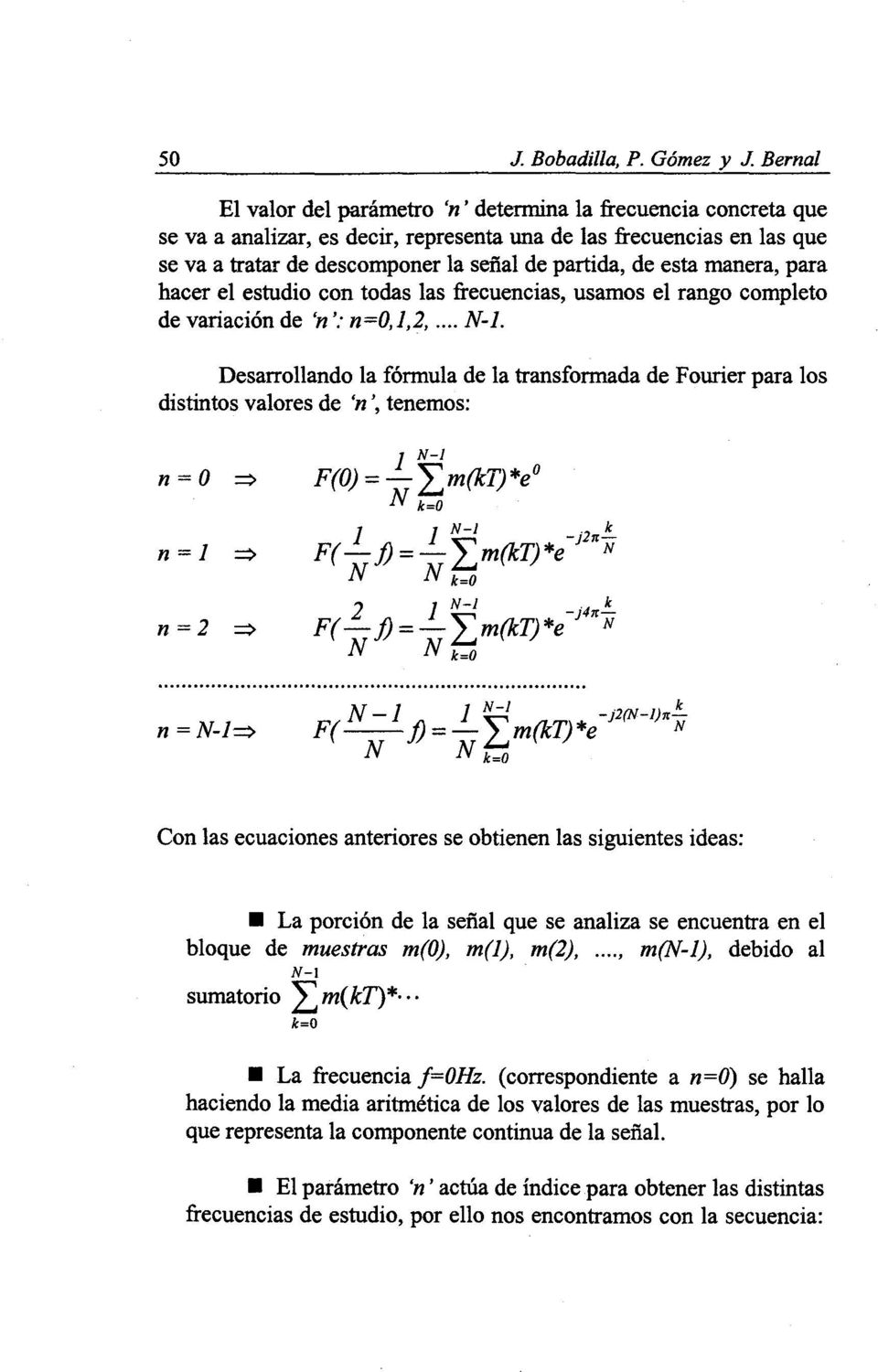 |  | |
「Formula de gauss n(n+1)/2」の画像ギャラリー、詳細は各画像をクリックしてください。
 |  | 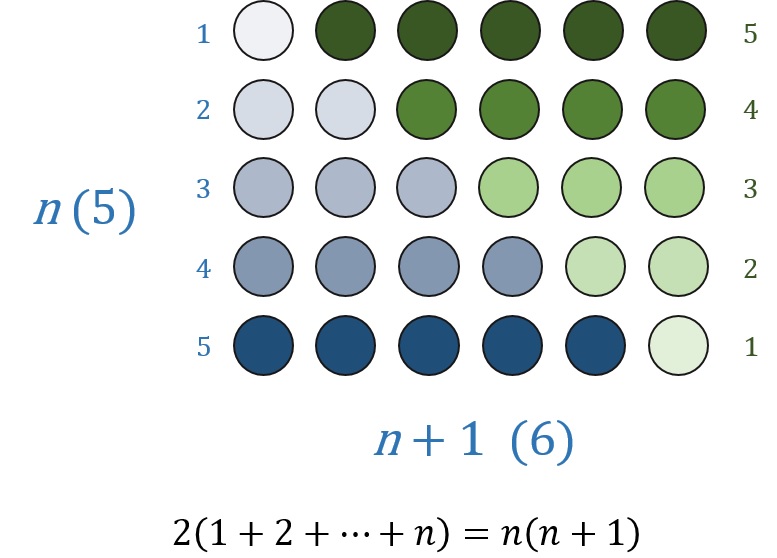 |
 | 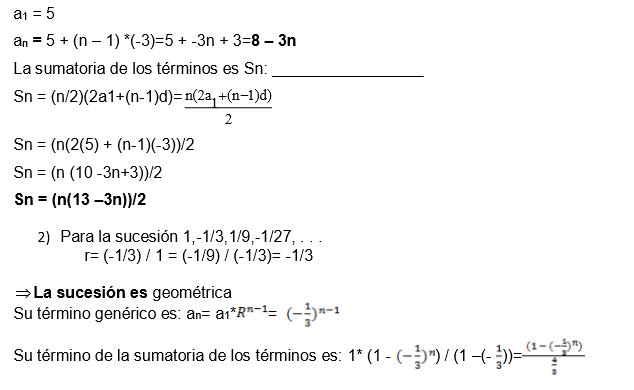 | |
 |  |  |
「Formula de gauss n(n+1)/2」の画像ギャラリー、詳細は各画像をクリックしてください。
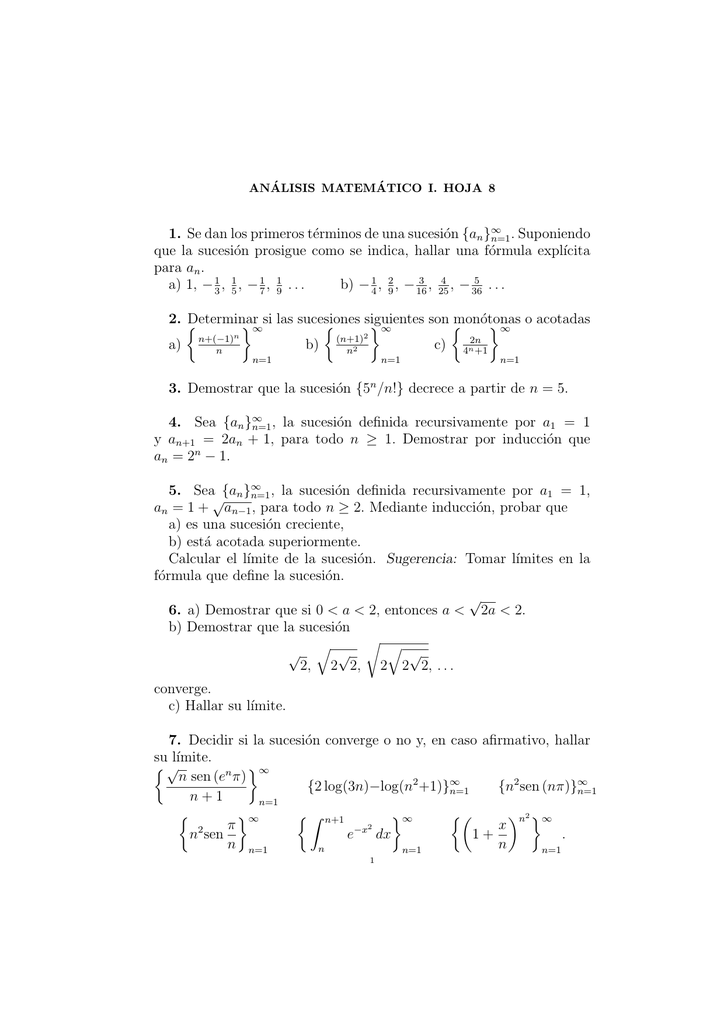 |  |  |
 | 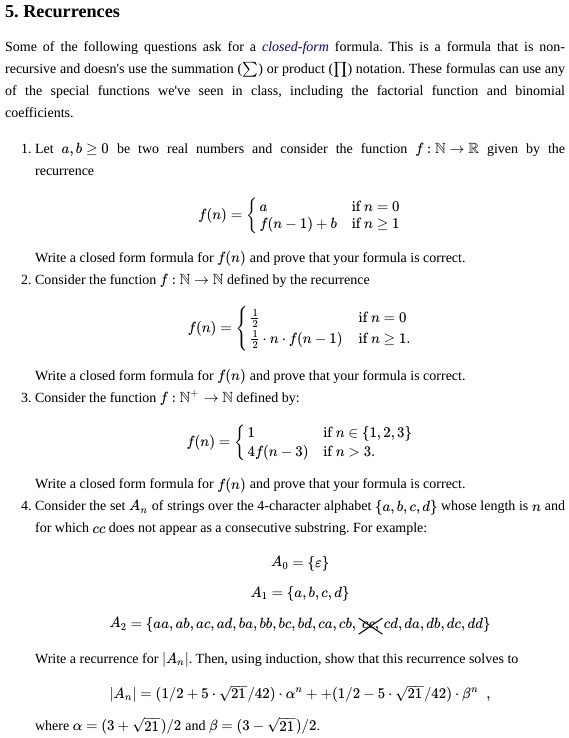 |  |
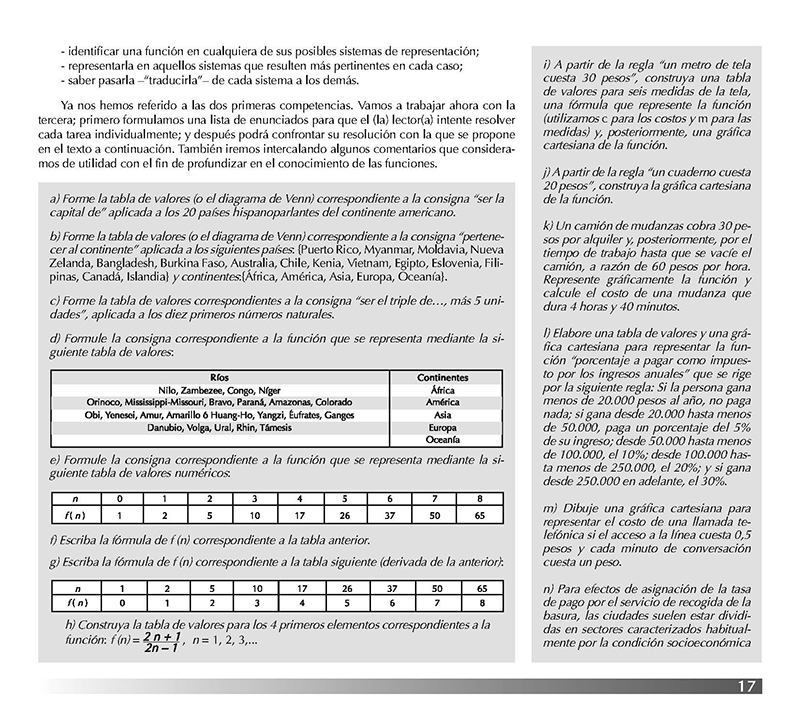 | ||
「Formula de gauss n(n+1)/2」の画像ギャラリー、詳細は各画像をクリックしてください。
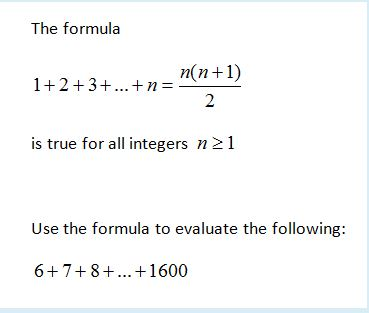 |  | 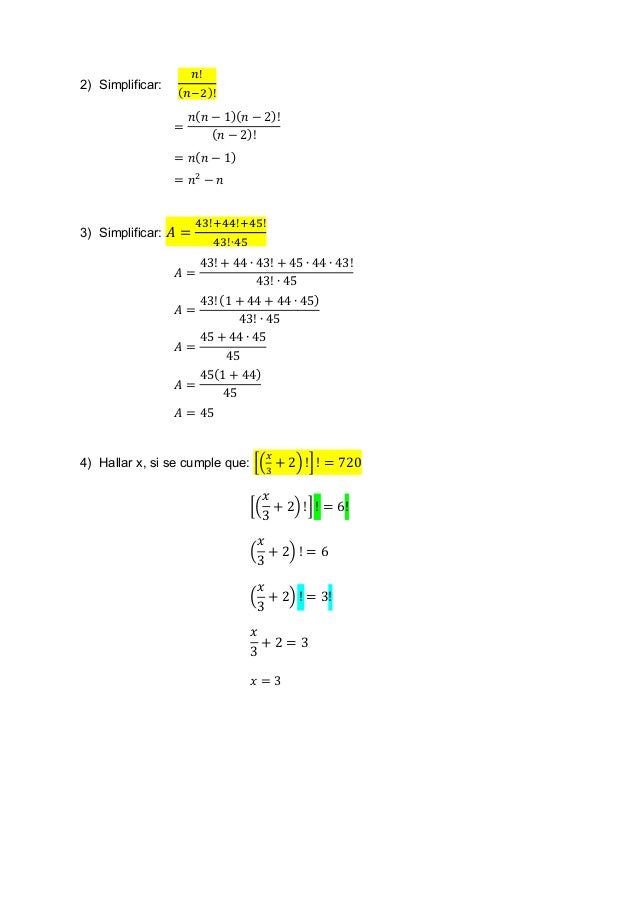 |
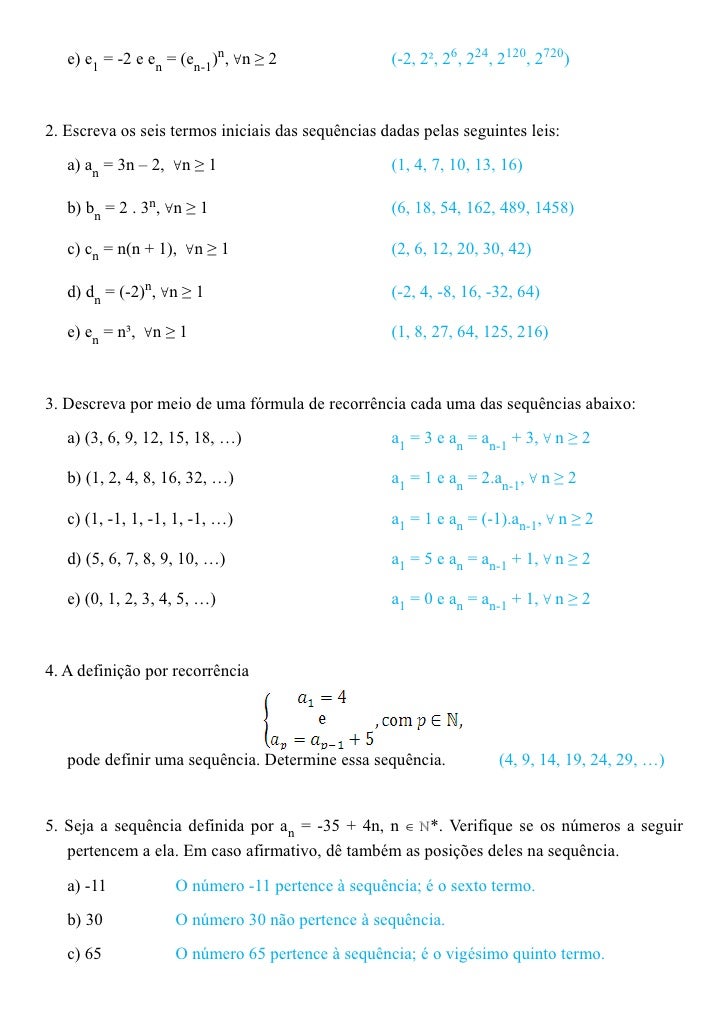 |  | |
 | ||
「Formula de gauss n(n+1)/2」の画像ギャラリー、詳細は各画像をクリックしてください。
 |  | |
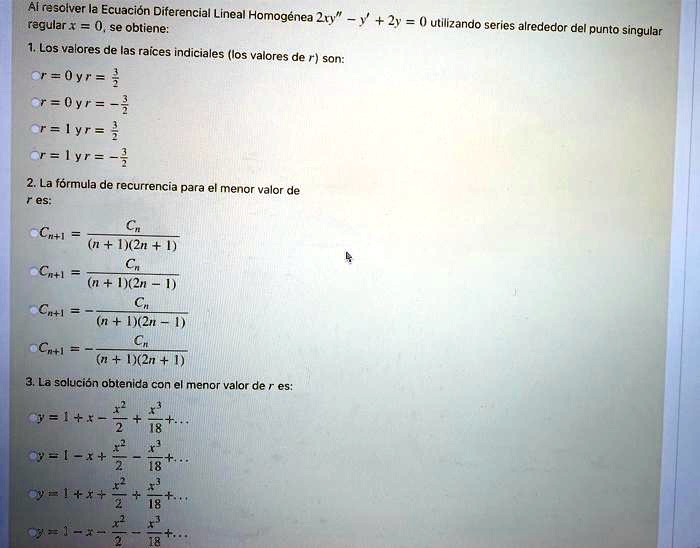 |  |  |
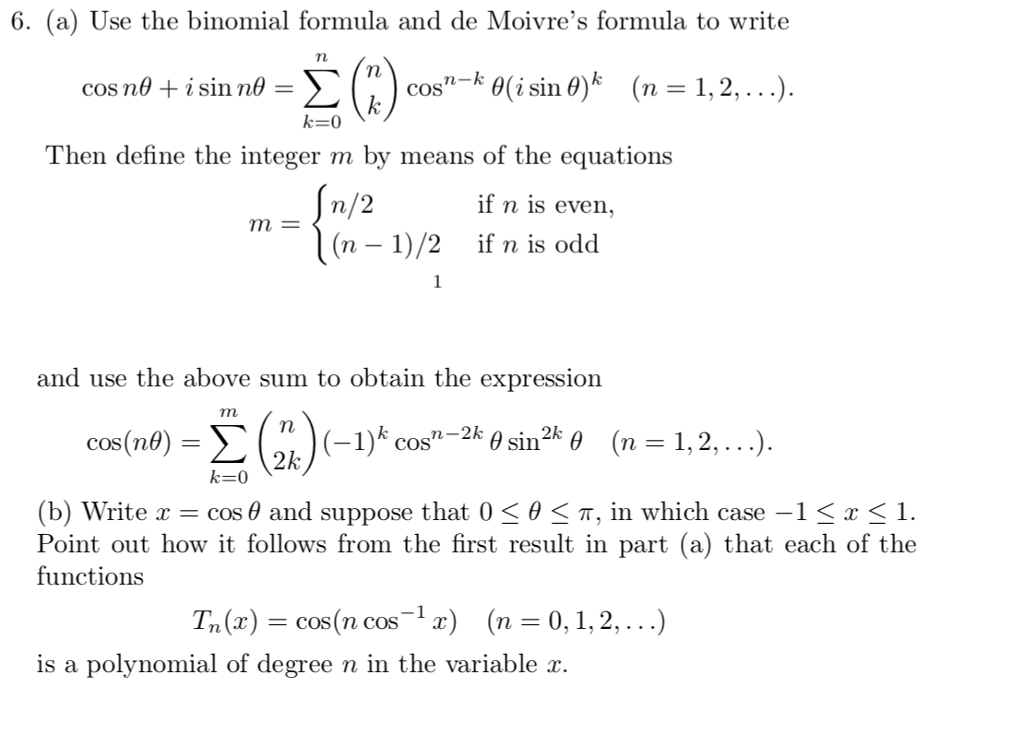 |  | |
「Formula de gauss n(n+1)/2」の画像ギャラリー、詳細は各画像をクリックしてください。
 |  |  |
 | 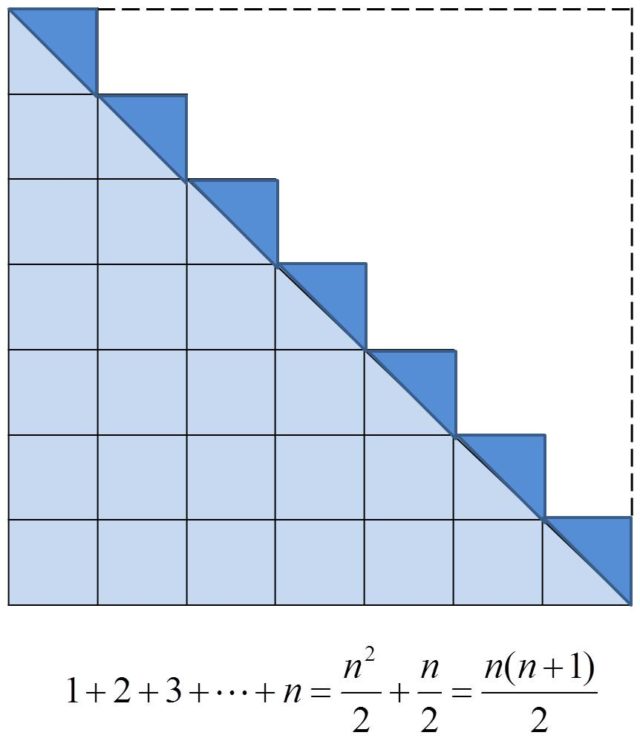 | |
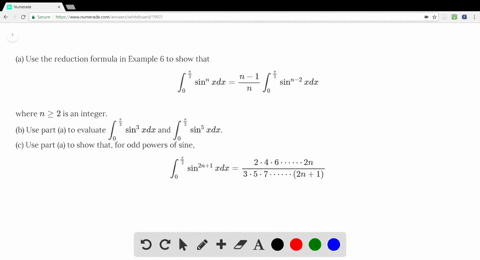 | 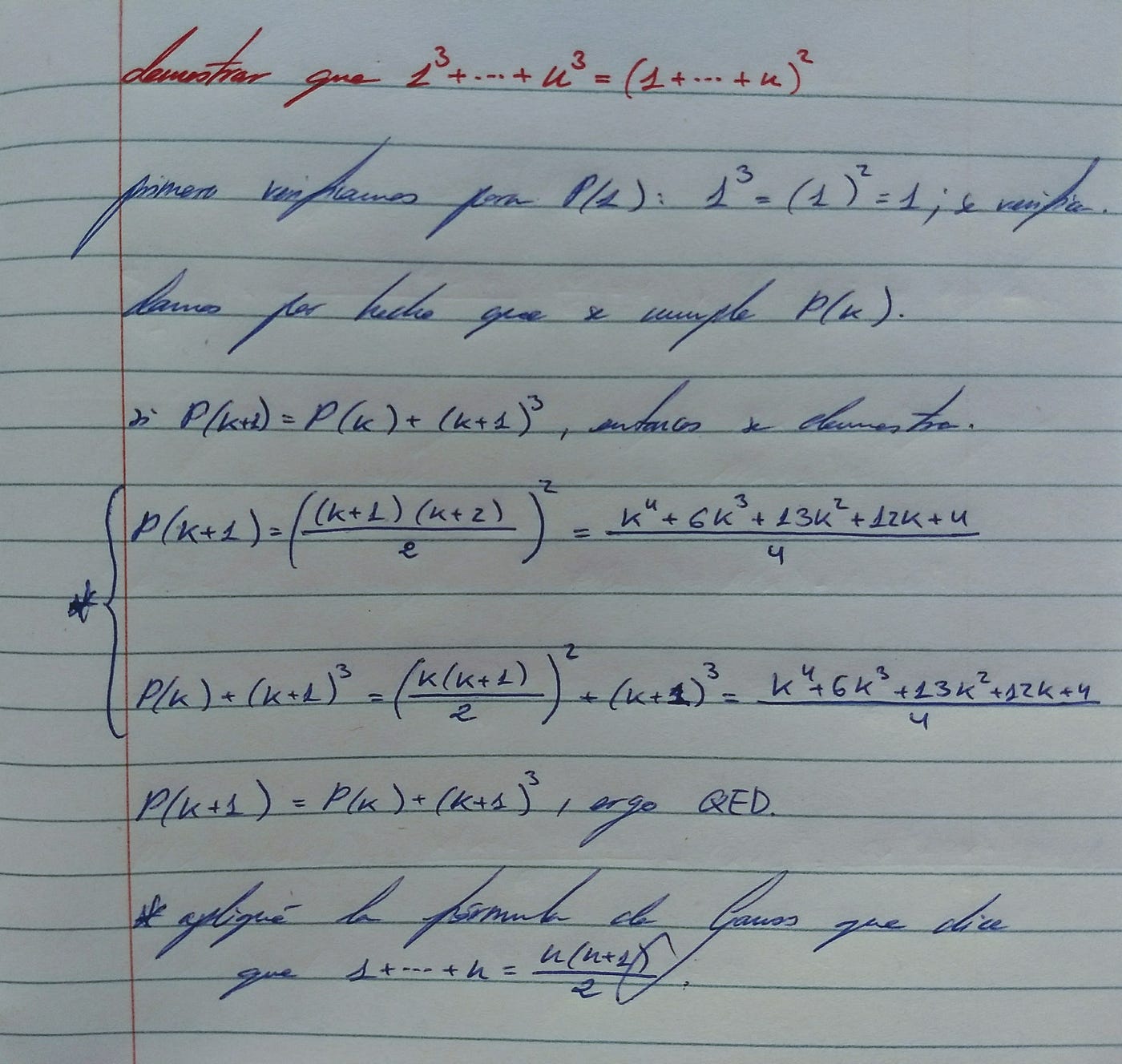 | 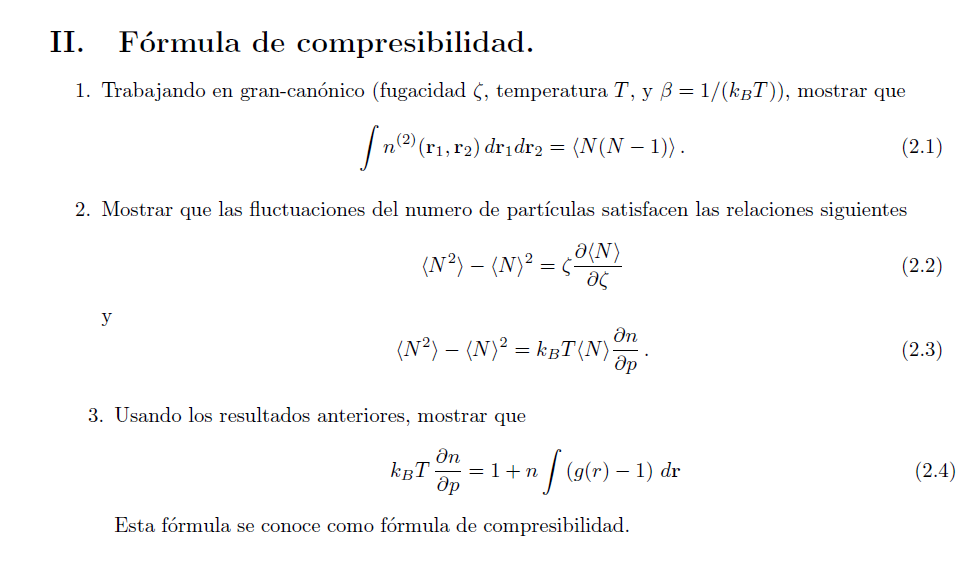 |
「Formula de gauss n(n+1)/2」の画像ギャラリー、詳細は各画像をクリックしてください。
 |  | 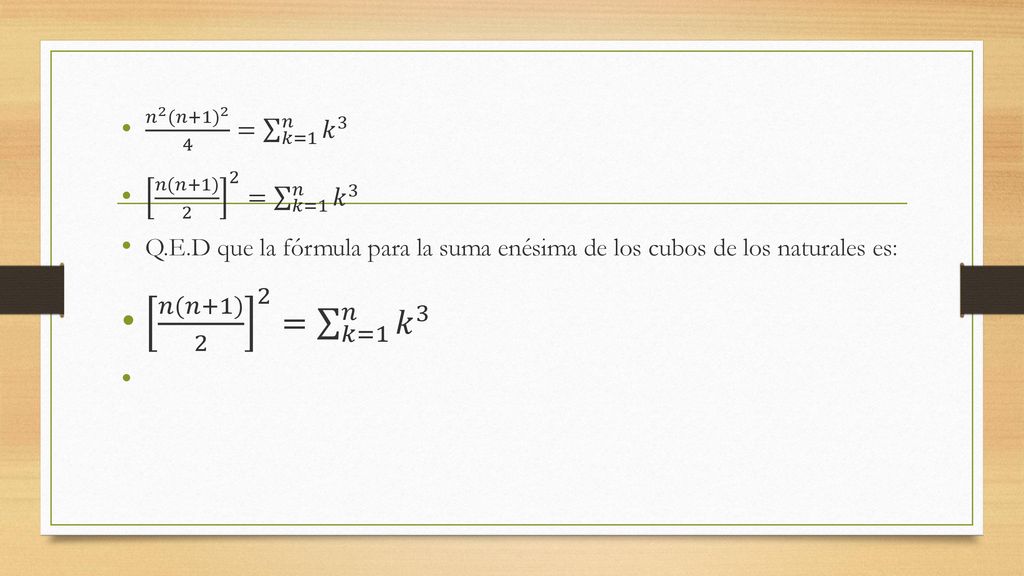 |
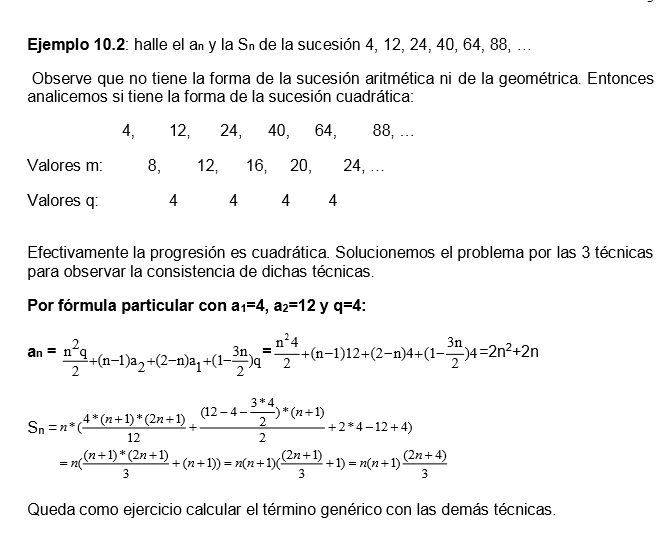 |  | |
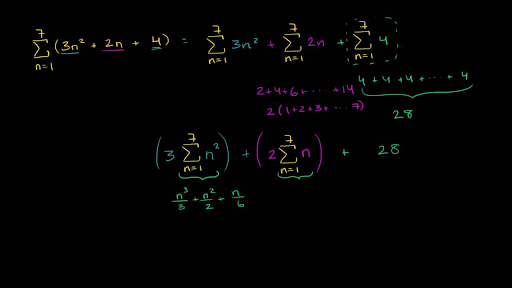 |  |  |
「Formula de gauss n(n+1)/2」の画像ギャラリー、詳細は各画像をクリックしてください。
 | 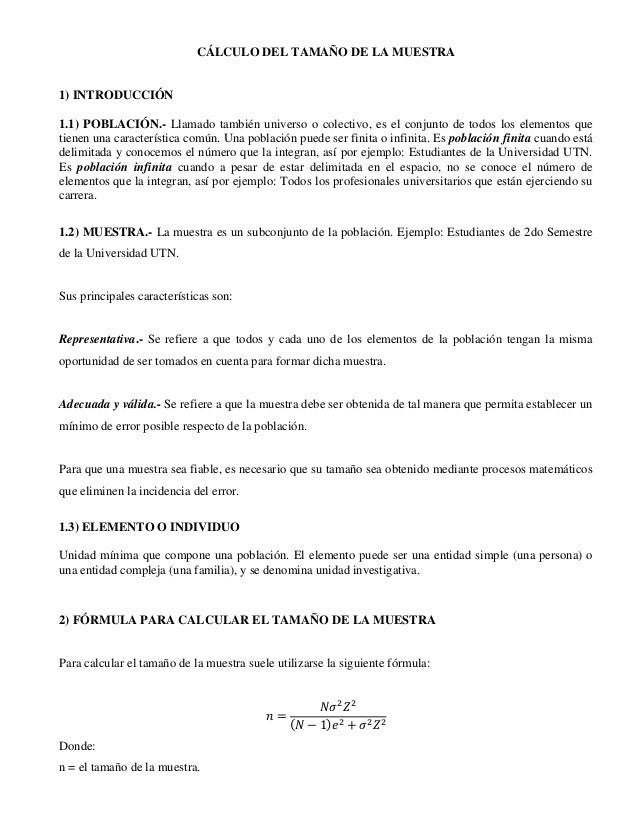 | |
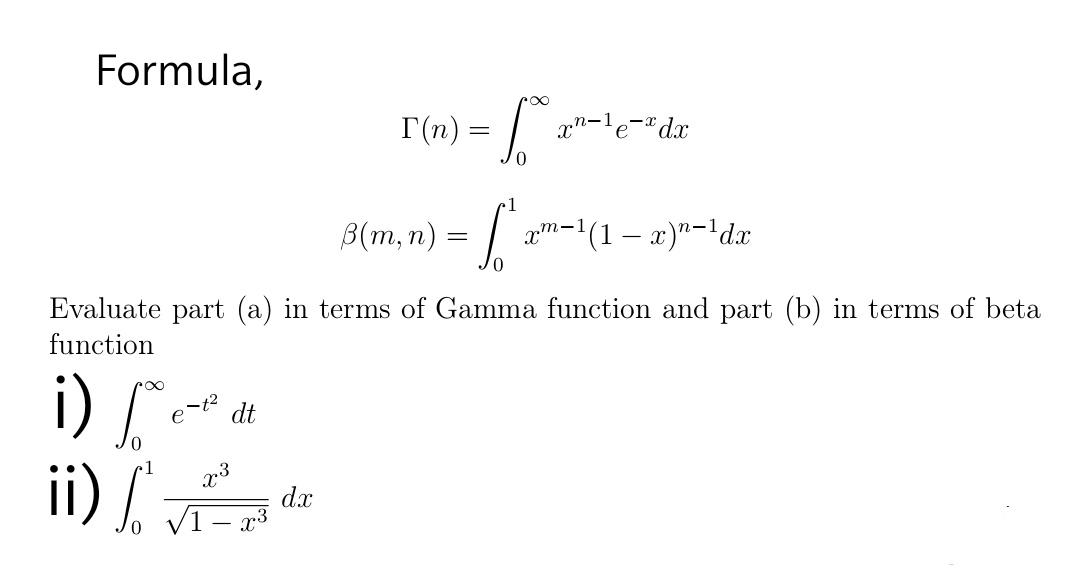 | 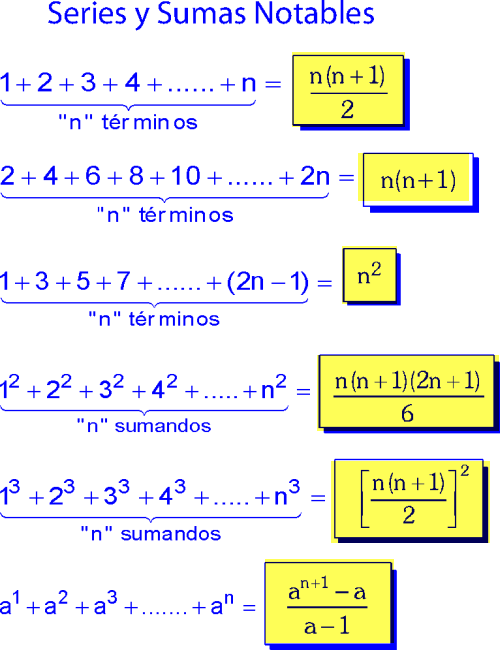 |
On peut conjecturer que a n1 b n1 = On le démontre par récurrence sur n Fondation Pour n=1, (ab)(a 10 b 0 a 11 b 1) = (ab)(ab) = a²b² La formule est donc vraie pour n=1 (Mais on aurait pu partir de n=0, c'est plus simple) Hérédité On suppose que la formule est vraie pour un certain entier de rang n, on veut le démontrerProblemas populares Matemáticas básicas Resolver para a an=2n1 an = 2n − 1 a n = 2 n 1 Dividir cada término de an = 2n−1 a n = 2 n 1 por n n an n = 2n n −1 n a n n = 2 n n 1 n Anula el factor común de n n Toca para ver más pasos Cancele el factor común
Incoming Term: formula de n(n+1)/2, formula de gauss n(n+1)/2, explicacion de la formula n(n+1)/2,




0 件のコメント:
コメントを投稿